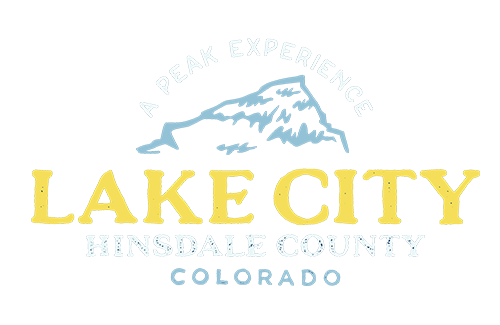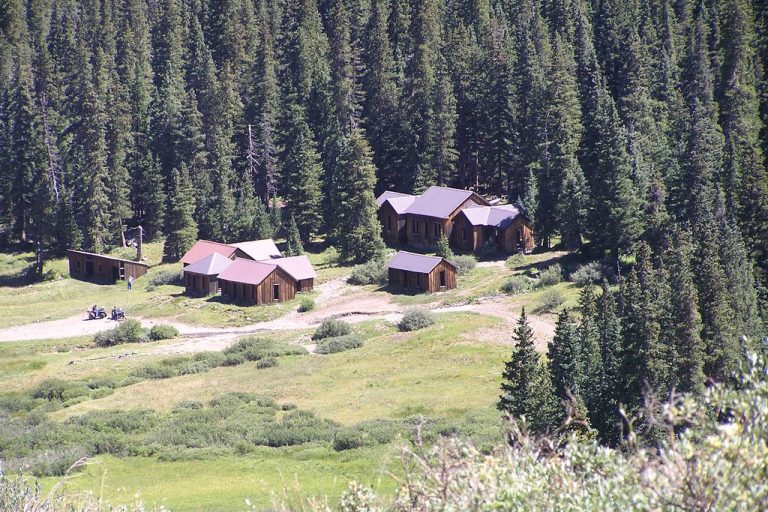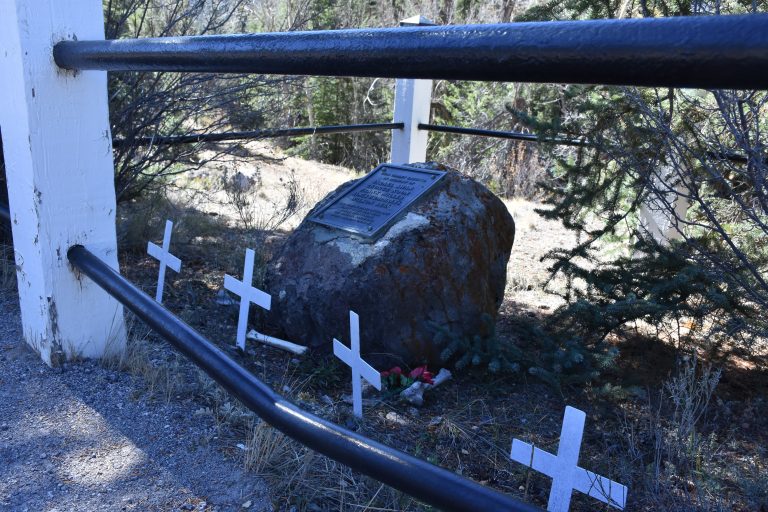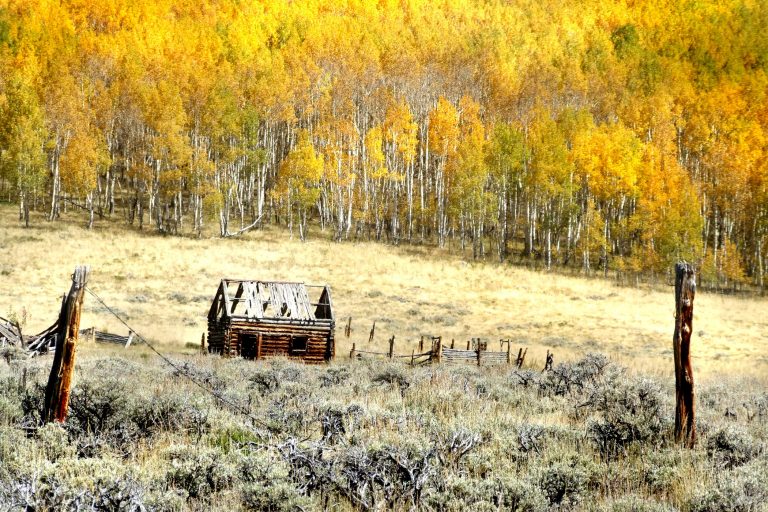Colorful for All in Colorful Colorado
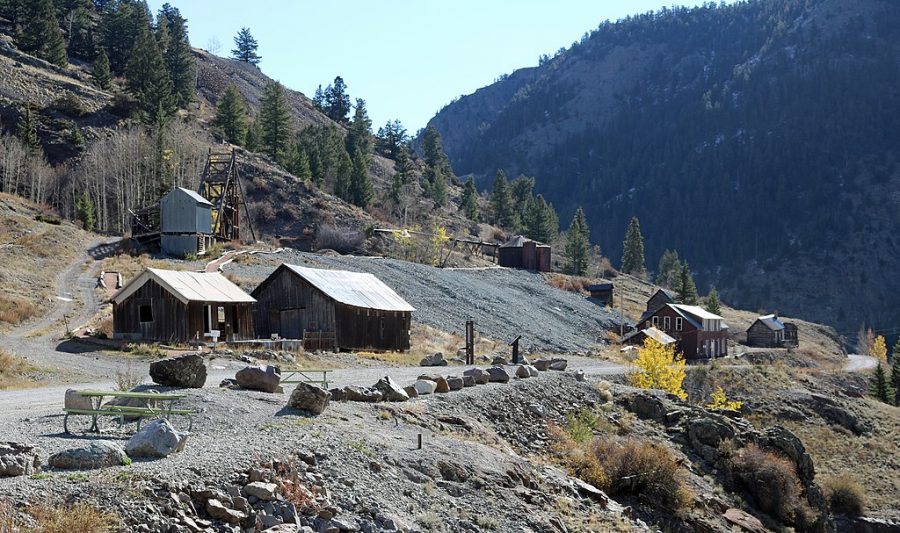
Colorful for All in Colorful Colorado
Many Coloradoans are seeking opportunities to engage with American history in our backyard. Even the smallest Colorado communities transformed the struggle for equality. Historic sites in Lake City spotlight how women, African Americans, and working-class immigrants fought for a new Colorado.
Start your tour at the Hinsdale County Courthouse. Susan B. Anthony, a leader in the women’s suffrage women, advocated for women’s right to vote at the courthouse in 1877. Anthony drew quite a crowd—she delivered her speech outdoors from the courthouse step. Yet, local men turned down a measure that would have given the town’s women the right to vote. Coloradans passed a referendum for women’s suffrage sixteen years later.
Next, walk through Lake City’s historic district to the Williams home on Silver Street. Formerly enslaved African Americans, the Williams family moved to Lake City from Missouri after the Civil War. They operated the American House Hotel a few blocks from their home. Tension still simmered between the Union and Confederate veterans living in the Williams’ neighborhood. Decades later, Lake Citians remembered Ellen Williams’s unforgettable lessons about the nation’s recent past. She showed her scarred arms—evidence of her suffering as an enslaved person—to locals unfamiliar with slavery’s brutality. Lake Citians also recalled the annual Lincoln Day parade that Ellen Williams and her family hosted. In the same spirit, the family donated a gilded portrait of Abraham Lincoln to the town’s school. Throughout their years in Lake City, the Williams family aimed to teach children about slavery’s deep wounds and to continue the fight for equality.
Take a short drive outside town to the Ute-Ulay Mine. Now a tranquil ghost town open for you to explore, the mine was once a bustling mining hub. It also was the focal point of an 1899 strike led by Italian-American miners. Frustrated with discriminatory housing policies that impacted miners with families, Italian-American workers at the mine went on strike. The strike ended without bloodshed. At the same time, it led to the expulsion of Italian Americans from the mine’s workforce. Lake City lost a vibrant part of its community as a result. Nevertheless, the miners’ struggle constituted another step toward equality in the workplace.
“American history” often brings to mind images of large museums and East Coast sites. Now’s the time to find the local side of the American story. Lake City offers a glimpse at the essential ways that Colorado’s smallest towns shaped equality in America.
